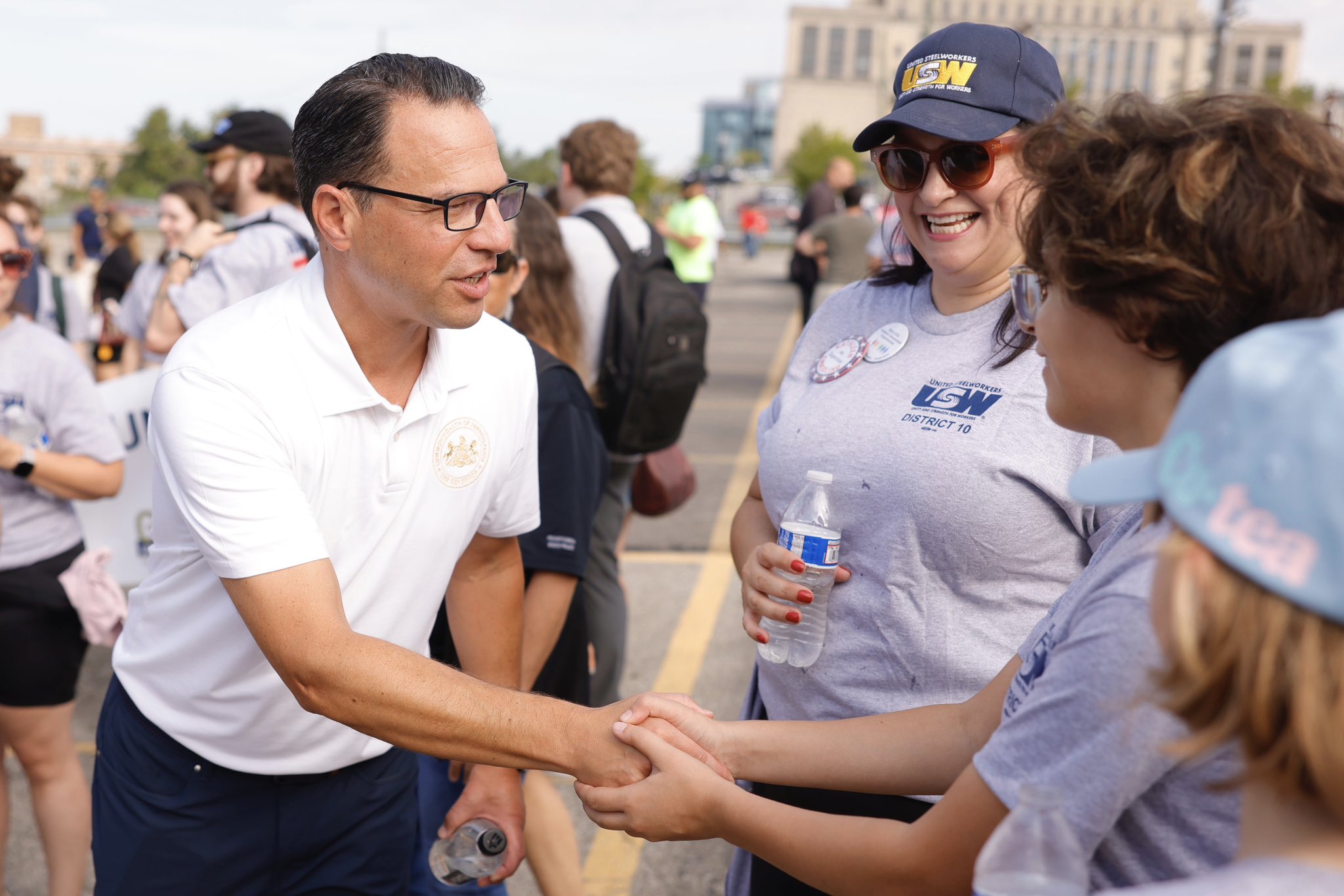
What is really happening at the border?
The transit of a caravan of immigrants through Central America has been the talk of the presidency during the last weeks. But what is really happening?
There is a lot of distance between the presidential statements on what happens and the real events, especially in the run-up to political elections that could define the years the Trump Administration has left.
One of the most critical issues for the president when it comes to campaigning has always been immigration, and the transit of a new caravan of immigrants south of the border has been ideal for this.
So, what is really happening?
For some years, a group of activists has organized a demonstration in the form of a caravan to draw attention to the high rates of violence and poverty in Central America, but thanks to the mediatization of the Donald Trump government, the so-called Caravan of Refugees has taken on another color.
Originally, the Pueblo Sin Fronteras group organized an annual "viacrucis" to "make visible the crisis of violence and corruption in Honduras, El Salvador, and Guatemala," reported Univisión a few months ago. This is the fifth consecutive year in which the demonstration has taken place.
Thanks to the exaggerated response of Donald Trump, the first caravan of 2018 managed to get some 50 people across the border between the United States and Mexico, even though most of them decided to stay on the road.
Currently, another caravan of about 3,000 people is again traveling the road from Honduras to Mexico and, despite often arguing violence and poverty when undertaking the journey, some experts say that "the fundamental reason is that they have nothing to eat" in their countries of origin.
According to Robert Albro, a researcher at the Center for Latin American Studies of American University, that spoke to The Guardian, the food crisis has an important link with climate change. "We are seeing tremendous climate instability that is changing food security in the region."
Some of the members of the caravan have assured that the perennial drought doesn’t allow them to produce vegetables, neither to eat nor to sell, which has forced them to move.
The new caravan of migrants counts approximately 4,000 participants, of which "at least 1,700 have applied for asylum or refuge in Mexico," USA Today explained.
Likewise, around 200 people have volunteered to return to their countries if Mexico provides them with the necessary means to do so.
RELATED CONTENT
Since the caravan took off on October 13 from a bus terminal in the Honduran city of San Pedro Sula, the number of participants has varied profoundly - from 7,000 initially reported to 4,000 in the middle of the journey - due especially to the harsh conditions that the trip implies, oftentimes resulting in illnesses and generalized fatigue, as well as the option that many have had to stay in some regions of the journey.
To argue his rhetoric - and win votes in the process - President Donald Trump has insisted that the caravan has "many gang members and bad people," and has even poked at the possibility that people from the Middle East were inside the procession.
His decision was then to send 5,200 soldiers to the border, which will be added to the 2,100 members of the National Guard who have been stationed in Texas, New Mexico, Arizona, and California since April.
On Tuesday, the immigrants were 1,000 miles away from the U.S. border (that’s several weeks by walk), specifically in the town of Juchitán de Zaragoza in Oaxaca, from where they will travel to the town of Ixtepec in the coming days.
According to the coordinators of Pueblo Sin Fronteras, the final goal will be Tijuana, but there has been no talk of trying to "invade" the United States or cross the border by force.
For its part, the Commissioner of Customs and Border Protection, Kevin McAleenan, assured the media that the new troops sent by the president will not use force against immigrants and that their role will be reduced to "providing support to the Border Patrol agents."
The Donald Trump government has decided to "confront" a peaceful immigrant caravan with about 7,200 military units - the equivalent of U.S. troops currently present in Iraq (5,200) or Syria (2,000), the Washington Post explained - and the possibility of a confrontation of any kind is unlikely.
Once again, the system of diverting attention from the really important issues (the murder of a Saudi journalist, the failure of the tax reform, the threat against health care or the midterm elections) is set in motion, while in the border nothing really happens.











LEAVE A COMMENT:
Join the discussion! Leave a comment.